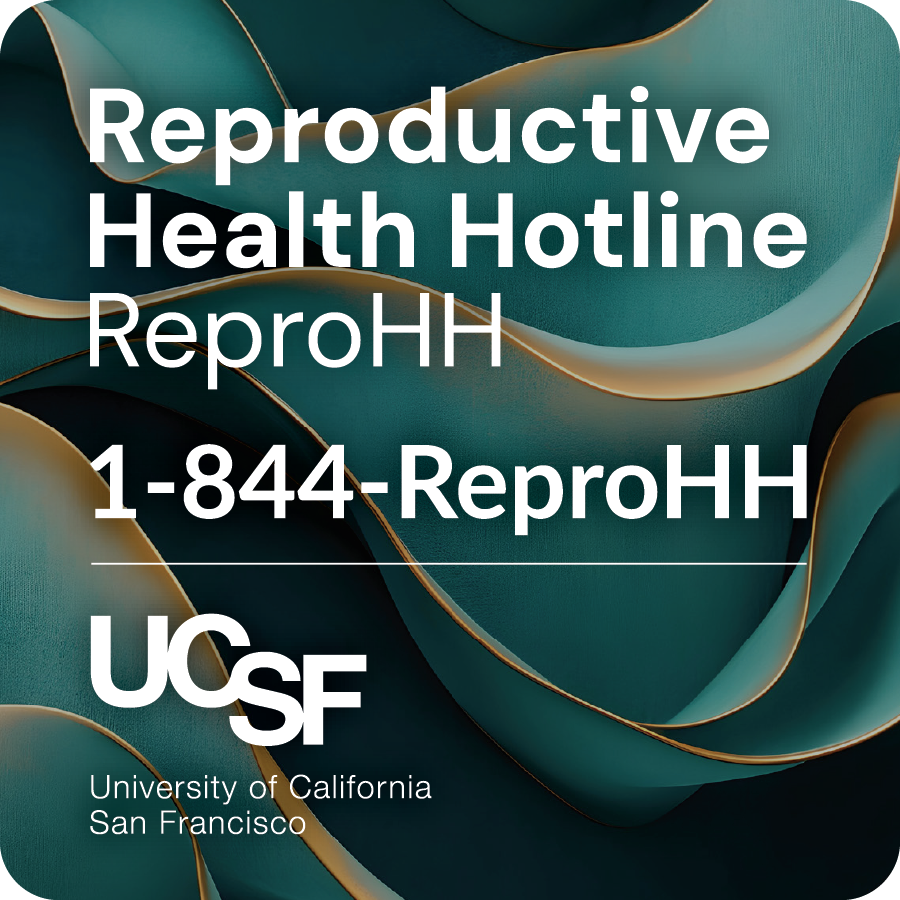Resources
We design and test materials and messages for patients, especially young people, that are highly effective in combatting the scientific misinformation around contraception and fertility.
We create timely evidence-backed clinic and provider tools to support patient-centered care.
All of the tools included in this library have been created either by Beyond the Pill or one of our trusted partners, as indicated below.


